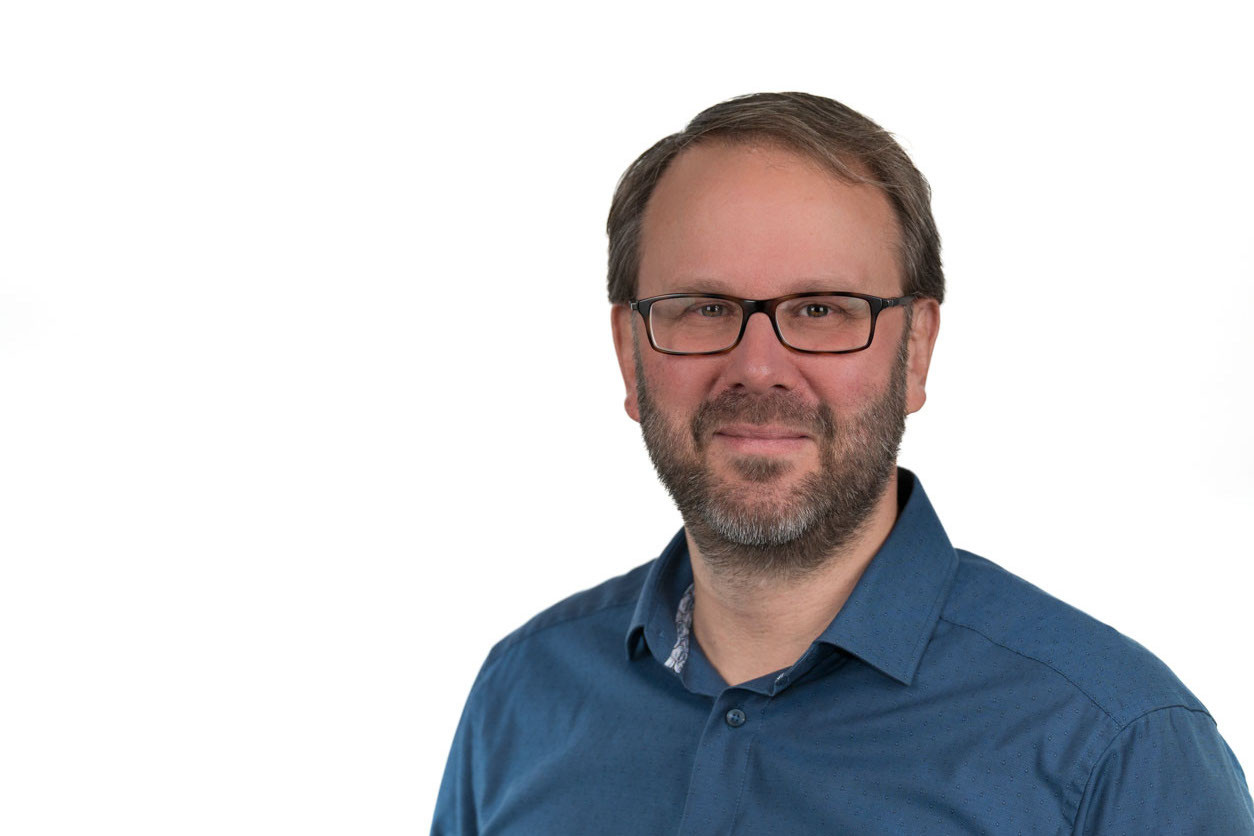At a Glance
- Location:
Hanover-Marienwerder Science Park - 89 million € in construction financing
- Workplaces for 117 people
- approx. 4,000 m² usable floor space,
approx. 8,000 m² total area - Start of construction: 2023
- Planned completion: 2026
Smartphone cameras, online streaming via optical fibre, laser welding of car bodies and 3D imaging in medicine: optical technologies make our digital everyday life possible. Scientists of the Cluster of Excellence "PhoenixD: Photonics, Optics, and Engineering - Innovation across Disciplines" at Leibniz University Hannover (LUH) are working to develop the performance of these key technologies. In future, 120 researchers from the disciplines of physics, mechanical engineering, electrical engineering, mathematics, computer science and chemistry will work together under one roof on the precision optics of the future.
The OPTICUMS will be managed by the Leibniz School for Optics & Photonics (LSO), which was founded in spring 2020. It is closely linked to the Cluster of Excellence PhoenixD and is equivalent to a faculty in terms of its structure.
Research building to be constructed in the north of Hannover
The OPTICUM is being built in the Hannover-Marienwerder Science Park. The foundation stone was laid in April 2024 with representatives of Hannover and Lower Saxony. The building will be ready for scientists to move into in the 4th quarter of 2026. The location on Pascalstraße will be easily accessible via its own tram stop. The planned four-storey building of the OPTICUM will have a usable floor space of a good 4,000 square metres.
Research building enables construction of a networked production platform
Together with project partners from the TU Braunschweig and the Laser Zentrum Hannover e. V., LUH optics researchers are investigating how complex optical systems can be realised in a short development time using modern manufacturing processes - for example 3D printing - for a fraction of today's price.
The desired paradigm shift in optics production is made possible by two trends: more powerful data processing and improved (additive) manufacturing methods. This enables the scientists to realise a digitally and physically networked production platform for optical components and systems. This requires not only measurement and production technology and a lot of computing power, but also the development of algorithms and new types of optical composite materials consisting of glass and plastic, among other things. With the production platform planned for the future research building, the quality of the optics can not only be checked during ongoing production, but production defects can also be corrected in real time.
The new research building will then have enough offices, laboratories and test halls to assemble the fully networked production platform in one place and work on it together, interdisciplinary.
Funding and architects
The total construction costs have now risen to €89 million, to be shared by the federal government, the State of Lower Saxony and Leibniz University. The research building is funded by the state of Lower Saxony and, after a successful evaluation by the Science Council (in accordance with Article 91b, Paragraph 1, Sentence 1 of the Basic Law), by the federal government.
The implementation is carried out through close cooperation with the general planner HENN Architekten Berlin.
Your contact to the PhoenixD office


30167 Hannover










